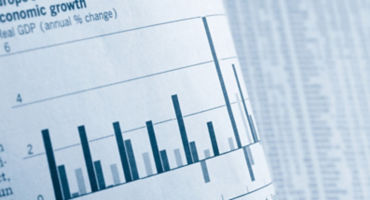Allocators may want to go global
A world in which the USD and US fixed income are not the bastions of safety they once were presents a unique asset allocation problem, particularly in an environment of decelerating growth and elevated equity valuations. Investors may need to diversify their approach to fixed income to protect their portfolios.
On the currency side, investors may do well to focus on countries with high real interest rates, low fiscal spending, and net commodity exports. Counterintuitively, many emerging markets (EMs) fit that bill, despite historic underperformance during slow growth, risk-off environments. Compared to developed markets (DMs), many EM countries have implemented much more orthodox economic policies following the pandemic, hiking interest rates to double digits when inflation first surfaced and accumulating substantial USD reserves. Within rates, investors may want to focus on DMs with low levels of government debt, high levels of consumer debt, and a prevalence of variable-rate mortgages. High mortgage rates could mean that Canada, Norway, Australia, New Zealand, and Sweden, among others, experience economic pain (and lower government yields) sooner than the US, given its reliance on fixed-rate mortgages and aggressive fiscal spending.
If the US market is no longer the “cleanest dirty shirt,” asset allocators will need to plan accordingly.











Financial Market Review
Continue readingBy
Brett Hinds
Jameson Dunn